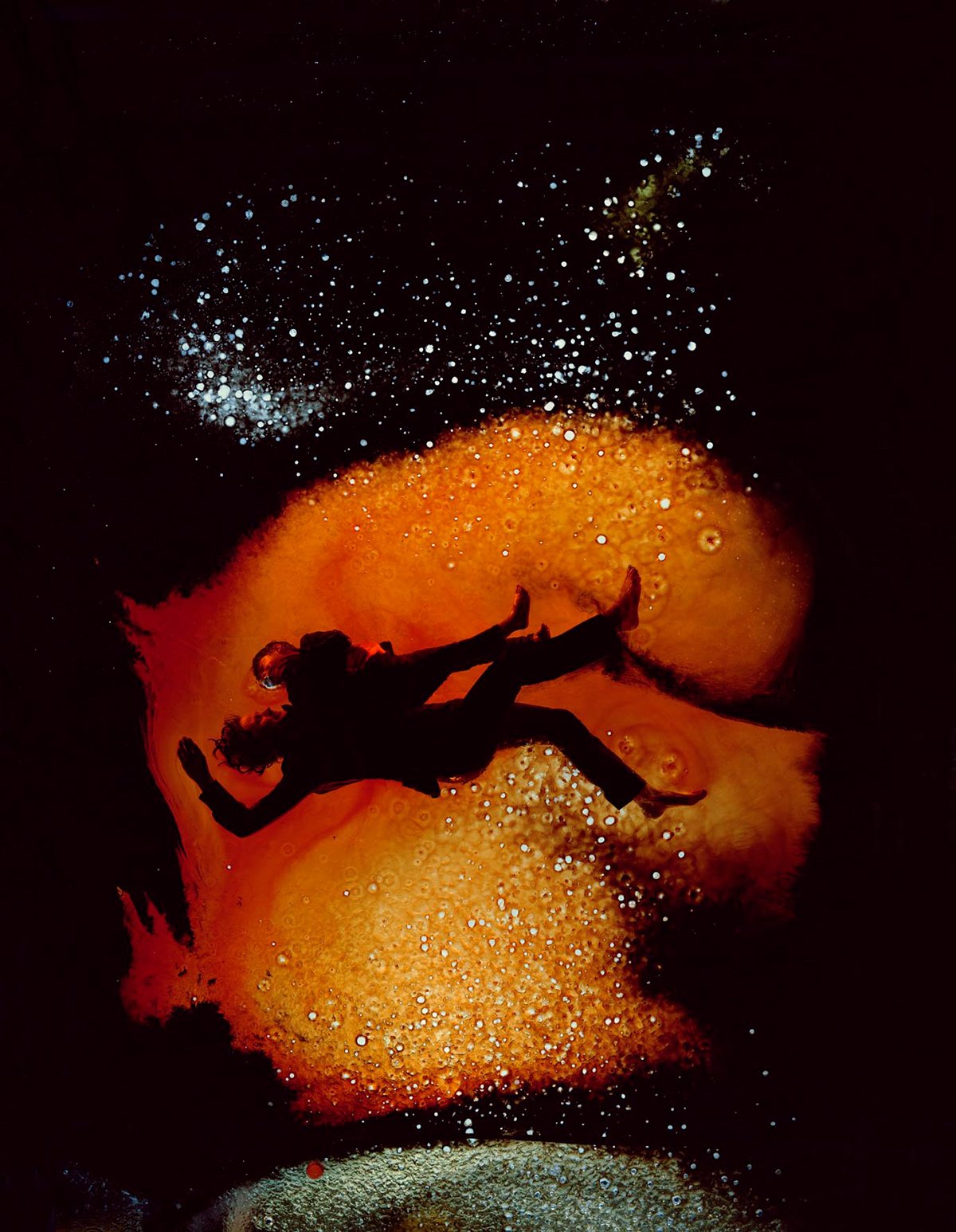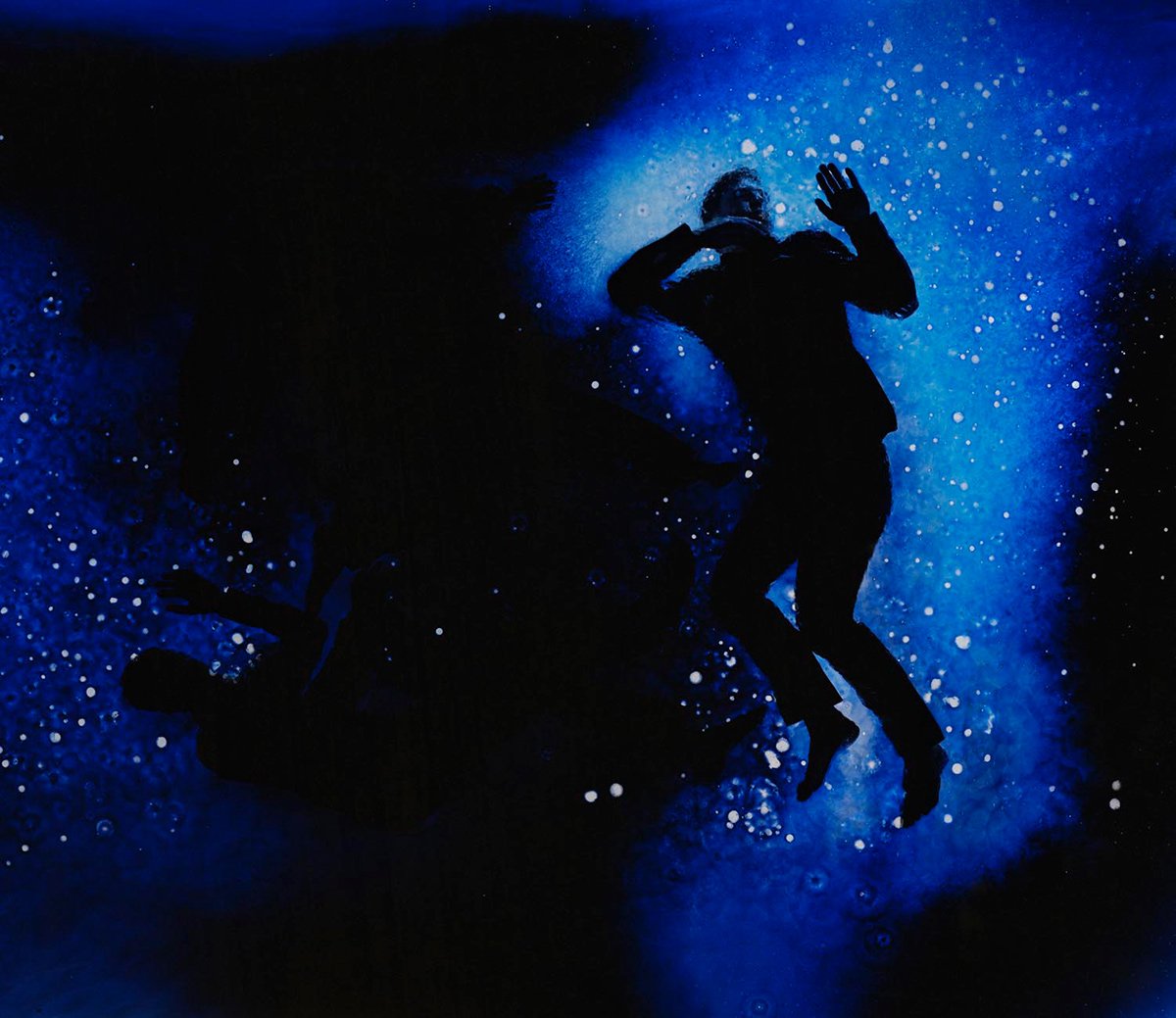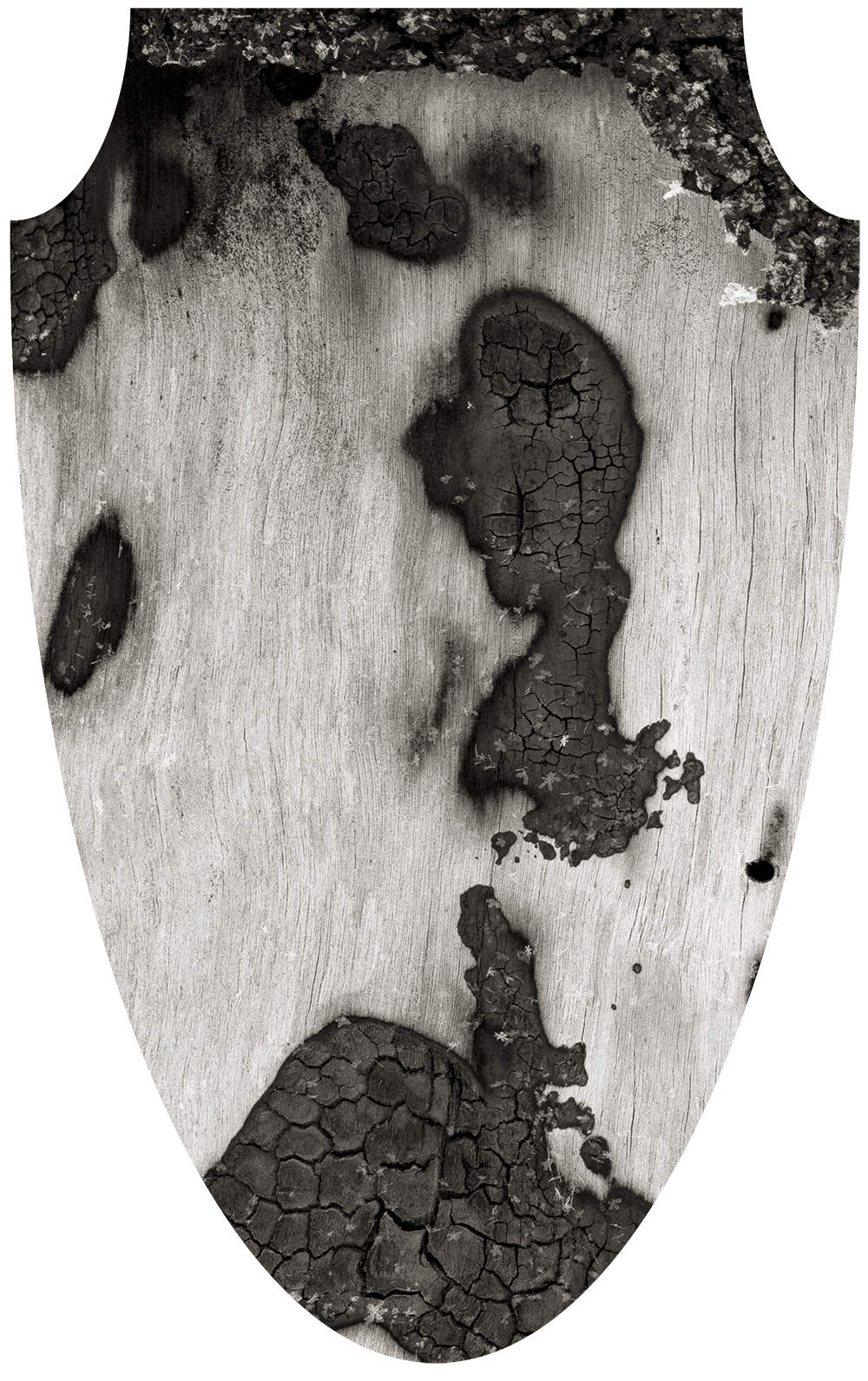
Maria Friberg
Maria Friberg (b. 1966) has been active since the mid-1990s; however, it was not until 1995 that she became interested in photographing men. She grew up in a collective in Östra Göinge, Sweden. The collective was a matriarchal haven where the women worked as the men tended to domestic duties. The male role models of her early childhood were nothing like the men she would come to photograph. Her sojourn into white-collar society would begin many years later, at a lunch meeting with a collector arranged by her gallerist. At first glance Friberg took him to be the stereotypical businessman, clad in a suit and tie. Unbeknownst to Friberg, this meeting would become a pivotal moment in the development of her work. She was intrigued by the encounter:
He was very open. He told me that he played many roles at home and at work. He thought of his life as role-play. I was surprised to find him rather boyish. He shared a lot with me probably because I am an artist and not part of his usual circle. I was fascinated to hear that he had a special relationship to his wardrobe. He admitted that clothes were of great importance to the roles he played. After this meeting, I began to notice businessmen. I became curious about them and wanted to investigate them in my work.
Maria Friberg belongs to the second generation of postmodern fine artists in Sweden, many of whom address issues of gender. Her predecessors, who began their careers in the 1980s, include Annika von Hausswolff, Maria Miesenberger, Annica Karlsson Rixon, and Lotta Antonsson among others. Their early work reflected a time of empowerment for women. Moreover, these artists found inspiration in a dynamic group of American photographers whose postmodern art practices took form during the 1970s and 1980s, such as Cindy Sherman, Carrie Mae Weems, and Sherrie Levine, to name a few.


"Painting series #2", 2011

"Painting series #3", 2011

"Painting series #4", 2011

"Painting series #5", 2011

"Painting series #8", 2011

Alongside us #4

Mirroring nature #11, 2019
